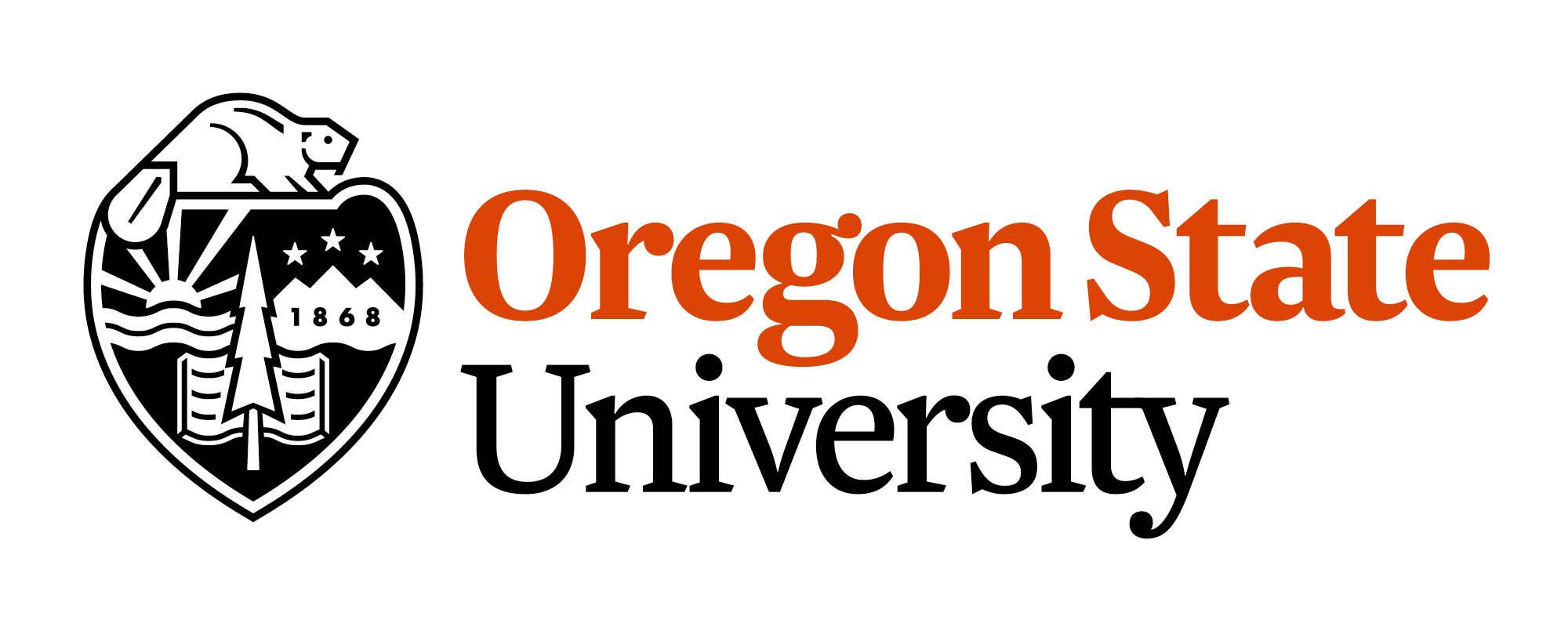Deaggregation of Multi-hazard Damages, Losses, Risks, and Connectivity: An Application to the Joint Seismic-tsunami Hazard at Seaside, Oregon
This webinar is Dylan Sanderson's MS thesis defense presentation on the development of a methodology to deaggregate the results of a multi-hazard damage analysis by extending the traditional multi-hazard damage analysis to consider both population characteristics and independent hazards. The methodology is applied to the joint seismic-tsunami hazard at Seaside, Oregon, considering four infrastructure systems: (1) buildings, (2) transportation network, (3) electric power network and (4) water supply network. Damages to all infrastructure systems are evaluated, and the networked infrastructures are used to inform parcel connectivity to critical facilities. US Census data and a probabilistic housing unit allocation method are implemented to assign detailed household demographic characteristics at the parcel level. Six dimensions of deaggregation are introduced: (1) spatial, (2) hazard type, (3) hazard intensity, (4) infrastructure system, (5) infrastructure component, and (6) housing unit characteristics. The damages, economic losses and risks, and connectivity to critical facilities are deaggregated across these six dimensions. The results show that deaggregated economic loss and risk plots can allow community resilience planners the ability to isolate high-risk events, as well as provide insights into the underlying driving forces. Geospatial representation of the results allows for the identification of both vulnerable buildings and areas within a community and is highlighted by the spatial pattern of parcel disconnection from critical facilities. The incorporation of population characteristics provides an understanding of how hazards disproportionately impact population subgroups and can aide in equitable resilience planning.
